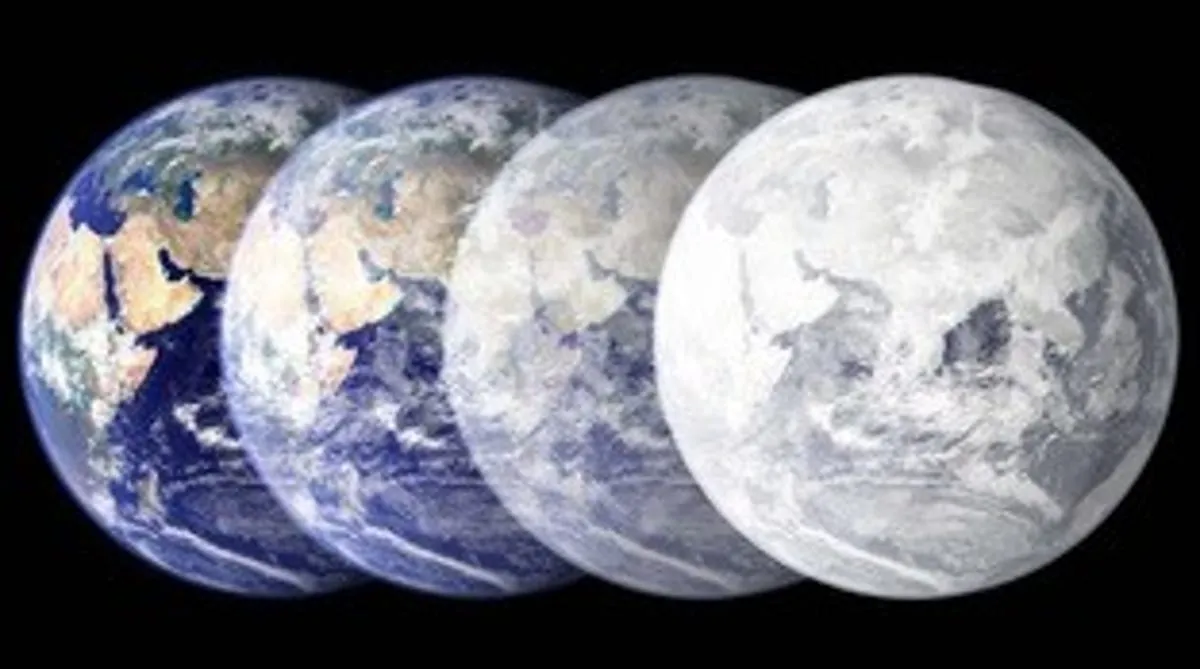
A team of international scientists has made a groundbreaking prediction regarding the timing of the next ice age, revealing that it is expected to commence in approximately 10,000 years. However, the researchers reassure us that this onset is likely to be significantly delayed due to human-induced climate change. Their findings were published this week in the esteemed journal Science.
For decades, scientists have recognized that minor variations in the Earth's orbit around the sun play a crucial role in influencing glacial cycles over extensive periods. This latest analysis marks the first instance where researchers have successfully identified which specific orbital characteristic has the most significant effect on the initiation and conclusion of ice ages. This important discovery was reported in a news release issued by the University of California at Santa Barbara.
According to Stephen Barker, a professor at Cardiff University in the UK, the research team was “amazed to find such a clear imprint of the different orbital parameters on the climate record.” He added, “It is quite hard to believe that the pattern has not been seen before.” This finding aligns with the long-standing Milankovitch theory, proposed over a century ago, which suggests that slight variations in the Earth's orbit, including its wobble and axial tilt, influence long-term climate changes and trigger the cycles of ice ages.
By examining a comprehensive climate record spanning nearly one million years, the research team observed a consistent pattern in climate changes. This pattern not only elucidates historical transitions from ice ages to warm periods, known as interglacial conditions, but also enables scientists to make informed predictions regarding future climatic shifts.
Currently, we are in the Holocene epoch, which began approximately 11,700 years ago following the conclusion of the last ice age. This period is characterized as a stable interglacial phase, leading researchers to estimate that the onset of the next ice age would typically occur in about 10,000 years. However, they caution that such a transition to a glacial state is highly improbable due to the significant influence of human activities.
Study co-author Gregor Knorr from the Alfred Wegener Institute's Helmholtz Centre for Polar and Marine Research in Germany emphasized, “Human emissions of carbon dioxide into the atmosphere have already diverted the climate from its natural course, with longer-term impacts into the future.” The extent of the impact caused by human actions remains uncertain, prompting the researchers to focus their future studies on the ways anthropogenic changes may affect the timing of the next ice age.
This research is crucial for informing current decisions regarding greenhouse gas emissions and understanding their implications for future climate scenarios. As Barker noted, the findings will help guide policies that could mitigate adverse climate changes, ensuring a more sustainable future.
The research conducted by this international team offers valuable insights into the complex interplay between Earth's orbital mechanics and climate patterns. As we continue to unravel the intricacies of our planet's climate history, it becomes increasingly imperative to consider the long-term effects of our actions on the environment. Understanding the potential for future ice ages not only enriches our knowledge of Earth's climatic history but also underscores the urgent need to address climate change proactively.